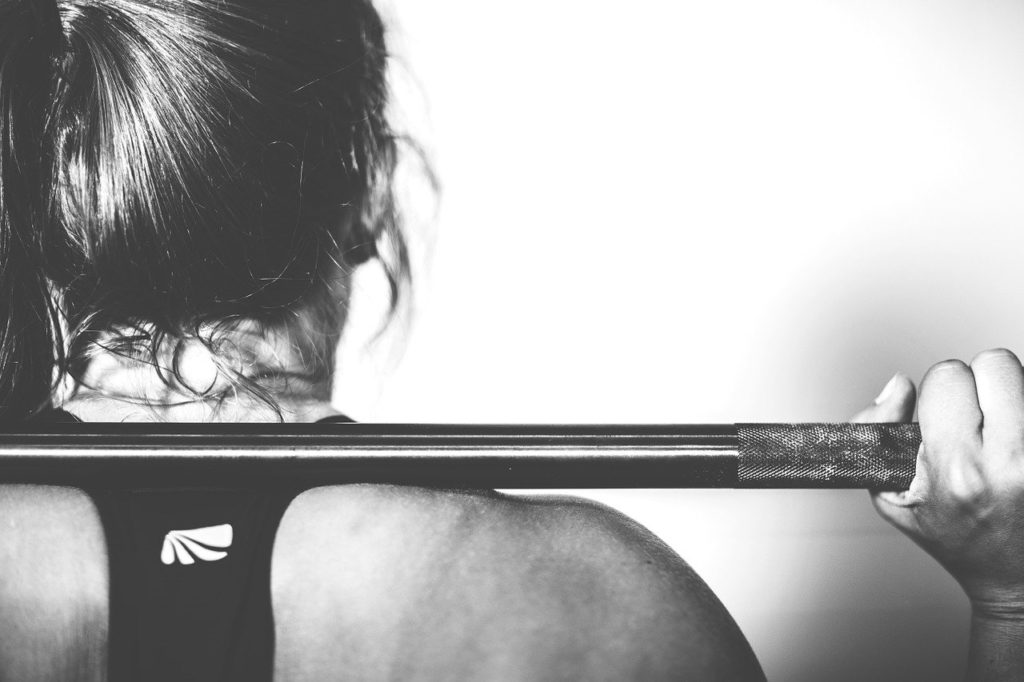
As a hand-balancing instructor, I work with CrossFit enthusiasts regularly to help them improve specific gymnastic skills. As a Bellevue acupuncturist, I see CrossFit enthusiasts with injuries some avoidable, some not. Regardless of my relationship with the athlete, I’ve learned they enjoy taking their health and fitness seriously and want to reach their full potential. To help do that, I have compiled my top 3 tips for the Crossfit athlete.
Prehab– CrossFit can be very hard on the shoulders. In order to continue to train injury and pain-free, consider a prehab routine. In the case of Crossfit, strengthening the core, rotator cuff, and periscapular muscles should be considered. Check out the video to see some great exercises that can help keep shoulders healthy and prepared for the stress that a good WOD can put on them.
Periodization– Creating a cycle of intensity in your exercise program helps achieve goals and improve the overall quality of the said program. This is especially true if you compete in any CrossFit competitions, but works great for every CrossFit enthusiast. If you look at any professional athlete’s training program you will clearly see periodization. It is an annual plan to layout goals, how to achieve them, and how to do so without getting avoidably injured. It is not written in stone and can be modified to meet an athlete’s individual needs. If you take baseball as an example, these athletes have a clear offseason. This does not mean they sit on the couch and eat chips though. The professional athlete will utilize the offseason to work on specific skills and to maintain overall health. During spring training season, they take sport-specific time to get ready for serious competition. As spring training comes to the end, the official season begins. This is when there are constant training and a high-level competition occurring. This shows a clear annual training plan for these athletes and it keeps them at their best. So how would this look for a CrossFit competitor?
If we break down the skills of CrossFit into three aspects; gymnastics skills, weight lifting, and high-intensity cardio, then periodization will be easier to implement. Most CrossFitters I work with tend to have a preference for a specific area, which from a competitor’s standpoint can come back to bite them. Having a planned approach can all skills will be addressed to be well rounded. A good plan can also prepare the athlete for a competition. For example, take a certain competition, says the CrossFit Open, and make it the main event of the year. Planning that time to be a physical peak would be great to focus on. Divide the rest of the year into cycles where skills are focused on in divided sections. An example is to focus on gymnastic skills such as muscle-ups and handstand walks for a few weeks, then switch to a focus on weight lifting for a few weeks followed by cardio skills (i.e. double unders). When working on specific skills, it doesn’t mean that is the only thing you do during this time, just that these skills will be the focus. Continue to rotate these during your offseason. Perhaps two months before the Open, enter your own “spring training” where you begin to combine the skills you work on in a way that directly mimics how the Open competition will be. This is a good time to even check out other local competitions or encourage your gym to have an in-house competition. As the Open gets closer (about a week before,) taper the workouts down and take some rest days. The skills have been trained, mimicking of the real-life challenges has been performed, so taking some time to ease off will be very beneficial. Rest, prevent injuries, and prepare mentally. This will allow you to enter the Open fresh, trained, and ready to PR!
Recovery– I could probably write an entire book on recovery, but some important aspects to ensuring an adequate recovery are:
Stretch– All too often people want to get in and get out with a workout. They will slam out a new personal record on the WOD, then get out of the gym to get on with their day. Taking just a few minutes to work on flexibility will not only help with recovery but improve one’s overall skill level.
Sleep– Something people often neglect is rest. The body needs adequate sleep to work on recovery. When we sleep, we enter a parasympathetic state (rest and digest). The body gets a chance to relax and focus on repairing the day’s work. Personally, before sleeping is when I like to take my herbs and supplements tailored to recovery. I tend to think of sleep as my time to prepare so that tomorrow’s workout can be even better than today’s.
Nutrition– The best way to ensure the body recovers, is to make sure it is adequately nourished. This can be accomplished with a combination of good whole foods and quality supplementation. If you look back at our blog about supplements for athletes, it will give you a small intro to recovery supplementation. As far as diet goes, one simple tip is to be sure to get protein within 30 minutes after a workout. Protein is the building block for muscles. Feed the body protein and it will get to work on healing everything that is torn down during a workout.
Health Team– There is a reason they are called health care professionals. Take the time to have a team that is familiar with your health goals. This can be a Naturopath focusing on the nutritional aspects, an acupuncturist that focuses on sports (like the one’s at Pins and Needles!) helping manage pain and keeping muscles healthy, and a massage therapist to keep the kinks out.
Implementing these three tips into your life can really help improve athletic ability within CrossFit. Be sure to take the time to speak with professionals (health care and coaches) to reach your specific goals. If you have specific questions please feel free to leave a comment or contact us! And don’t forget to subscribe to our blog for more great tips!

